What is pride? A glossary for kids
Happy Pride Month! I am so pleased to take this moment to recognize the amazing contributions that LGBTQ+ people have made, and reflect on the struggles and hardships they have faced. The impact of this community on our world is beyond words, and I’m so grateful to have had the chance to celebrate all month long.
As a child life specialist, my work involves taking seemingly complex topics, and helping to communicate them to children of varying ages in ways that they will understand. I can explain death to a seven year old, divorce to a ten year old, and help a four year old understand a parent’s medical diagnosis.
As I reflect on this Pride Month, I cannot help but think about the moment we are facing today in our country, and the perceived “danger” of talking about the members of this community, or simply acknowledging that they exist. The ‘don’t say gay’ bills claim to be protecting our children, but what are we really protecting them from when all the bills serve to do is further silence a group that is already so oppressed? What are we teaching our children by pushing this community down when they are already struggling for acceptance?
Using my expertise in helping children understand our world, I am going to go through a short glossary of terms and phrases below. I will define these terms easily and simply for the children in your life who may have questions this Pride Month! I hope this brief resource helps you feel empowered to discuss the importance of celebrating Pride Month with your family, and helps your children feel informed and engaged in the celebration of the LGBTQ+ community. We need all the allies we can get, and the youngest allies are some of the most important!
This glossary is geared towards school-aged children, ages 7-12. Feel free to adjust the language to fit terms and phrases you already use in your household, and do what works best for you and your kids.
Ally: A person who is not a member of the LGBTQ+ community, but wants to help and support those who are.
Bisexual: A person who loves people of more than one gender.
Cisgender: When the gender a person feels inside is the same as the sex doctors assigned at birth.
Gay: A male person who loves other males.
Gender expression: The way a person dresses, cuts their hair, or looks on the outside.
Gender identity: The way a person feels inside- male, female, neither or both!
Heterosexual: A male person who loves females, or a female person who loves males.
Intersectionality: When a person is a member of multiple groups that are often oppressed. Maybe a person is both intersex, and a person of color. Maybe a person is both transgender, and a disabled person.
Intersex: A person who is born with body parts that are part male and part female.
Lesbian: A female person who loves other females.
Nonbinary: A person who does not feel like a male or a female. They might feel like both a boy and a girl, or neither a boy nor a girl.
Pronouns: The words we use to describe people and their gender. A female person uses ‘she/her/hers’ pronouns. A male person uses ‘he/him/his’, and a non binary person uses ‘they/them/theirs’.
My friend Penelope is so sweet. She leant me her favorite shirt.
Keelan told me about his vacation. He went to Hawaii.
Tig is a musician. They always have their ukulele with them.
Transgender: When the gender a person feels inside is different from the sex doctors assigned at birth.
Happy Pride Month! May we continue to uplift this influential community, and help others to do the same.
Take care,
Annie

